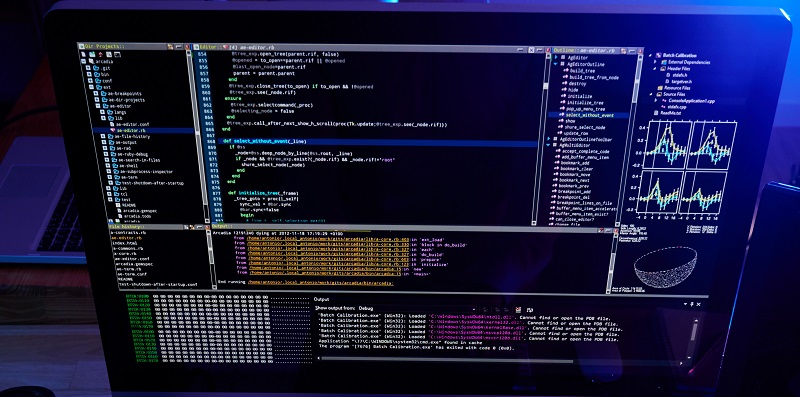With the rise of DevOps and the increasing demand for efficient software development tools, GitLab, the web-based DevOps lifecycle tool provider, has experienced rapid revenue growth. However, the company’s high operating expenses have raised concerns, accounting for a staggering 91.1% of revenues. This article will explore GitLab’s potential for growth in light of its total addressable market, analyze its performance, discuss potential upside opportunities, consider analyst opinions, assess future growth prospects, highlight associated risks, and conclude with the importance of cost control.
The Total Addressable Market
GitLab envisions an expansive total addressable market, estimated to be approximately $40 billion. This impressive market size indicates significant room for growth in a sector that is constantly evolving and offers various opportunities for expansion. GitLab’s wide-ranging capabilities and offerings position it well to tap into this thriving market, making it an attractive prospect for investors looking for sustainable growth.
Performance Analysis
Investors who purchased GitLab shares shortly after its initial public offering, at its peak price of $130, would currently face a 50% loss. This downturn underscores the volatility of the stock market and the risks associated with early investment. Additionally, GitLab’s high Selling, General, and Administrative (SG&A) expenditure, devouring 91.1% of revenues, raises concerns about the company’s financial stability and sustainability. To achieve long-term success, GitLab must prioritize cost control and focus on optimizing its operating expenses.
Upside Potential
Despite the challenges, GitLab showcases promise in its ability to attract new customers and upsell across its comprehensive range of offerings. The company’s expansive coverage breadth allows it to cater to various industries and diverse customer needs within the DevOps ecosystem. By effectively capitalizing on its product portfolio and leveraging its customer base, GitLab can potentially drive revenue growth and position itself as a frontrunner in the industry.
Analyst Opinions
Taking into account current market conditions, analysts generally believe that GitLab’s stock is trading at fair value. The average price target of $54.79 suggests that the market has priced the stock reasonably, considering the company’s potential. This alignment between analysts’ opinions and the market indicates confidence in GitLab’s ability to navigate the challenges it faces and deliver on its growth prospects.
Future Growth Opportunities
In addition to organic growth, GitLab may have the potential for future acquisition by tech giants like Google. Such a move could position the company to compete more aggressively with Microsoft in the code repository market. Speculating on potential partnerships and acquisitions underscores the immense growth opportunities that lie ahead for GitLab, potentially propelling it to new heights in the industry.
Risk Assessment
GitLab’s most glaring risk lies in its operating expenses. Over the trailing twelve months, the company has spent a concerning 135.3% of its revenues on operating expenses, a practice that is clearly unsustainable. To mitigate this risk, GitLab must prioritize cost optimization initiatives, streamline operations, and ensure that expenses align with revenue growth.
As GitLab continues its journey towards profitability and market dominance, it faces both challenges and immense potential. The company has an impressive total addressable market and a strong ability to attract and upsell customers, positioning it favorably for growth. However, the high operating expenses require immediate attention. By focusing on cost control and finding ways to operate efficiently, GitLab can navigate these obstacles and unlock its true potential. Monitoring the company’s progress and commitment to sustainable growth remains crucial for investors and industry observers alike.

